Establishing a strong foundation in math from the very beginning is essential for elementary students. By implementing effective strategies during your math block, you can create a positive and engaging learning environment that promotes enthusiasm, understanding, and independent thinking. In this blog post, we will explore four key strategies to optimize your math block and build a solid foundation for your students' mathematical growth.
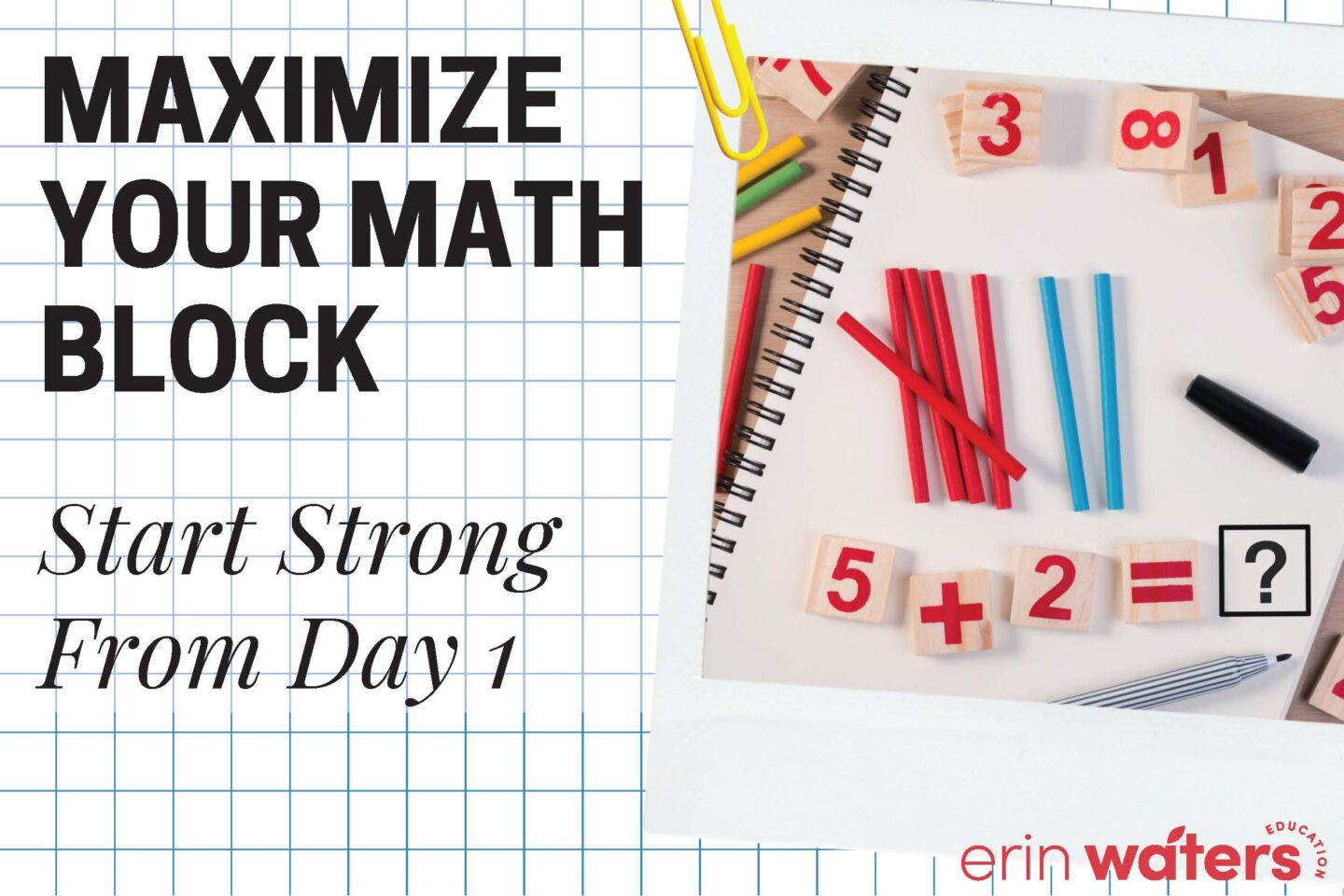
Energize Your Math Block with Games
Make math enjoyable and captivating by incorporating games into your math block. Games are a powerful tool to engage students and shift their perception of math from a source of dread to a source of enjoyment. Start your math workshop with a quick warm-up game like Knockout to enhance mental math skills and foster friendly competition. You can also use games as an incentive to end your math block on a high note. By infusing your math block with games, you create a sense of excitement and a convincing buy-in, encouraging active participation and a positive attitude toward math.

Check out other games for different times of year here.
Enhance Learning with Math Journals
Utilize math journals during your math block to deepen students' understanding and promote growth in math concepts. Math journals provide an opportunity for students to articulate their thoughts, reflect on their learning, and establish connections between different mathematical ideas. Simply project prompts on the whiteboard and ask students to respond in their spiral journals. I've created and have used these journals and swear by them for elementary students!
Begin this as a whole-class activity and gradually transition to independent journaling as the year progresses. In 1st grade, I typically shifted to independent math journals shortly before or after winter break. Math journals also serve as valuable formative assessments and can be shared with parents during conferences, providing insights into students' mathematical thinking and progress. Want to try a week of math journals for free?
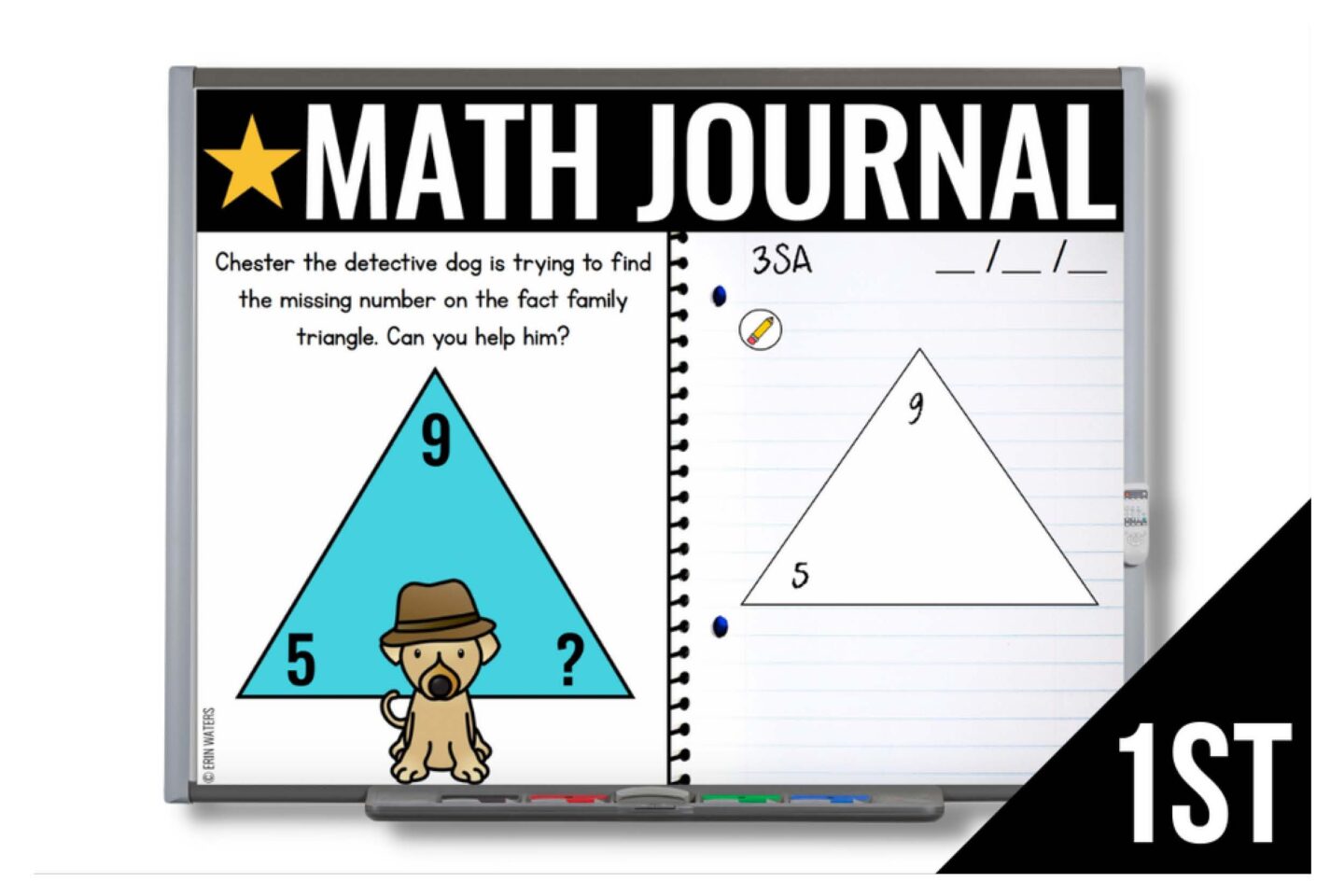
Try week of 1st grade journals for free here:
or 2nd grade journals here:
Foster Ownership through Math Routine Role Play
Empower your students to take ownership of your math block by involving them in creating and following the established routines. Start the year by discussing your math block goals and eliciting students' expectations. Encourage them to collaboratively develop rules and procedures for the math block. Take it a step further by engaging a student or small groups to role-play and model the expected behaviors and actions during math time.
You can also ask students to demonstrate behaviors that are not allowed, providing clear contrasts (warning: kids get a huge kick out of being “allowed” to show off their undesirable behavior 🤣). By allowing students to actively participate in shaping the math routine, you foster a sense of ownership, promote a positive classroom community, and ensure lasting effects.
Actionable idea: Put a list of skills, routines, and procedures for your math block that you want to teach into a bowl. Split kids into groups and assign them each 1 item from the bowl. Work in small groups to act out these skills; have students present the “do this” option and “don't do this” option in front of the rest of the class. Take photos of each group and create math expectations posters together!
Some skills to include:
- Transitioning between stations
- How to solve a problem when your teacher is working with a small group
- What to do when you finish early
- What to do when you can't find one of the supplies for a station
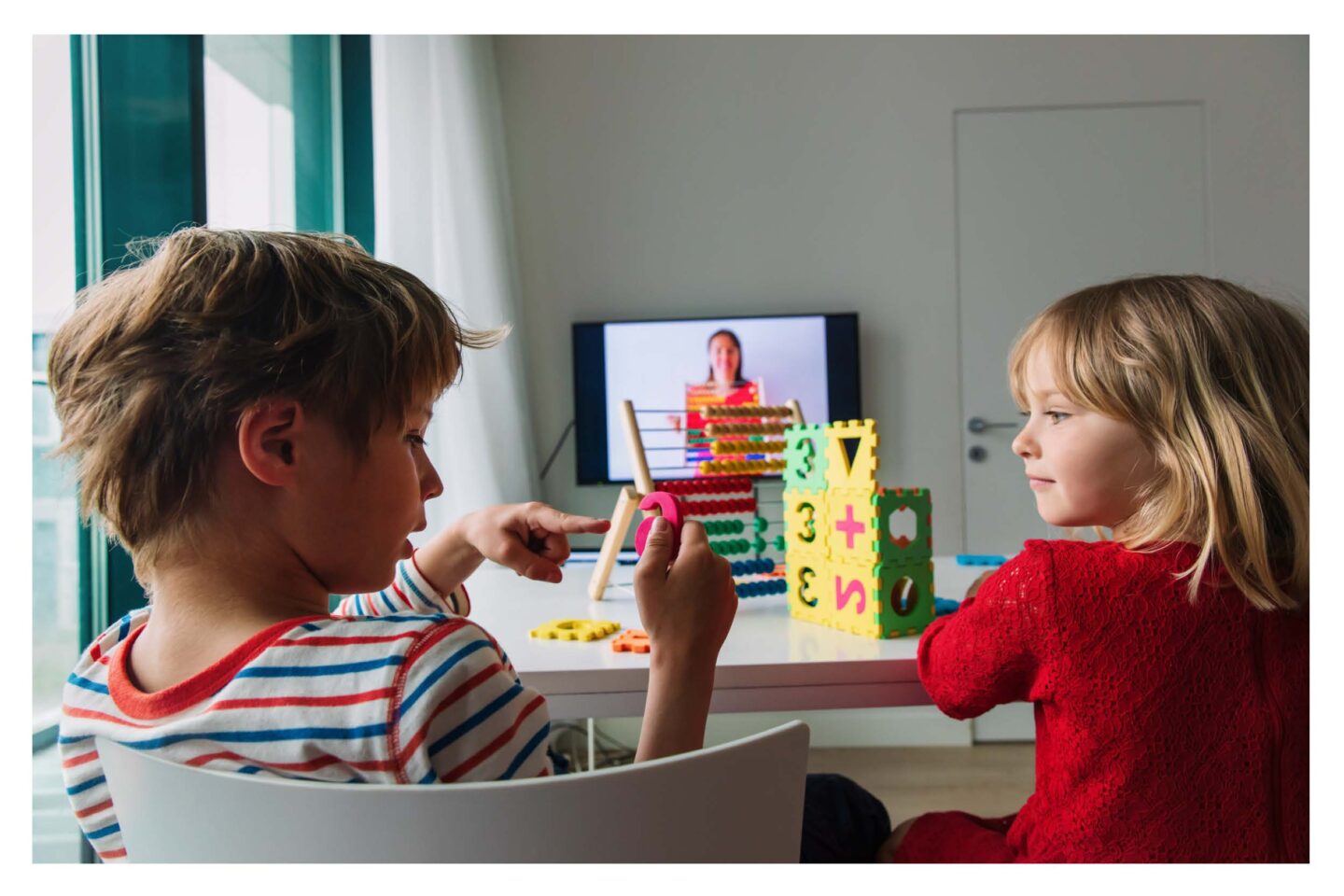
Promote Exploration with Math Stations
Set the stage for success by incorporating exploration stations into your math block. Recognize that expecting students to master all math materials from day one may be unrealistic and unfair. Begin the year with exploration stations, allowing students to freely engage with math materials in groups or independently.
This not only keeps students occupied while you assess individual progress but also encourages familiarity and comfort with the materials. After the exploration phase, collaboratively establish a class list of rules and expectations for using various math materials. By doing so, you establish clear guidelines, boost confidence, and create a supportive environment for student learning throughout the year.
How to do this: choose 3-4 math manipulatives to focus on each day. Briefly introduce them to the whole class then place 1 set of materials at each “center.” Students can rotate around in small groups OR you can place 1 container of materials at each student's desk (depending on your supply). Rotate every 10 minutes and following the rotations, discuss the ways students found to use the materials. Create posters together as a class and place them near the materials. You can read more about exploration stations (including a freebie to help) here.
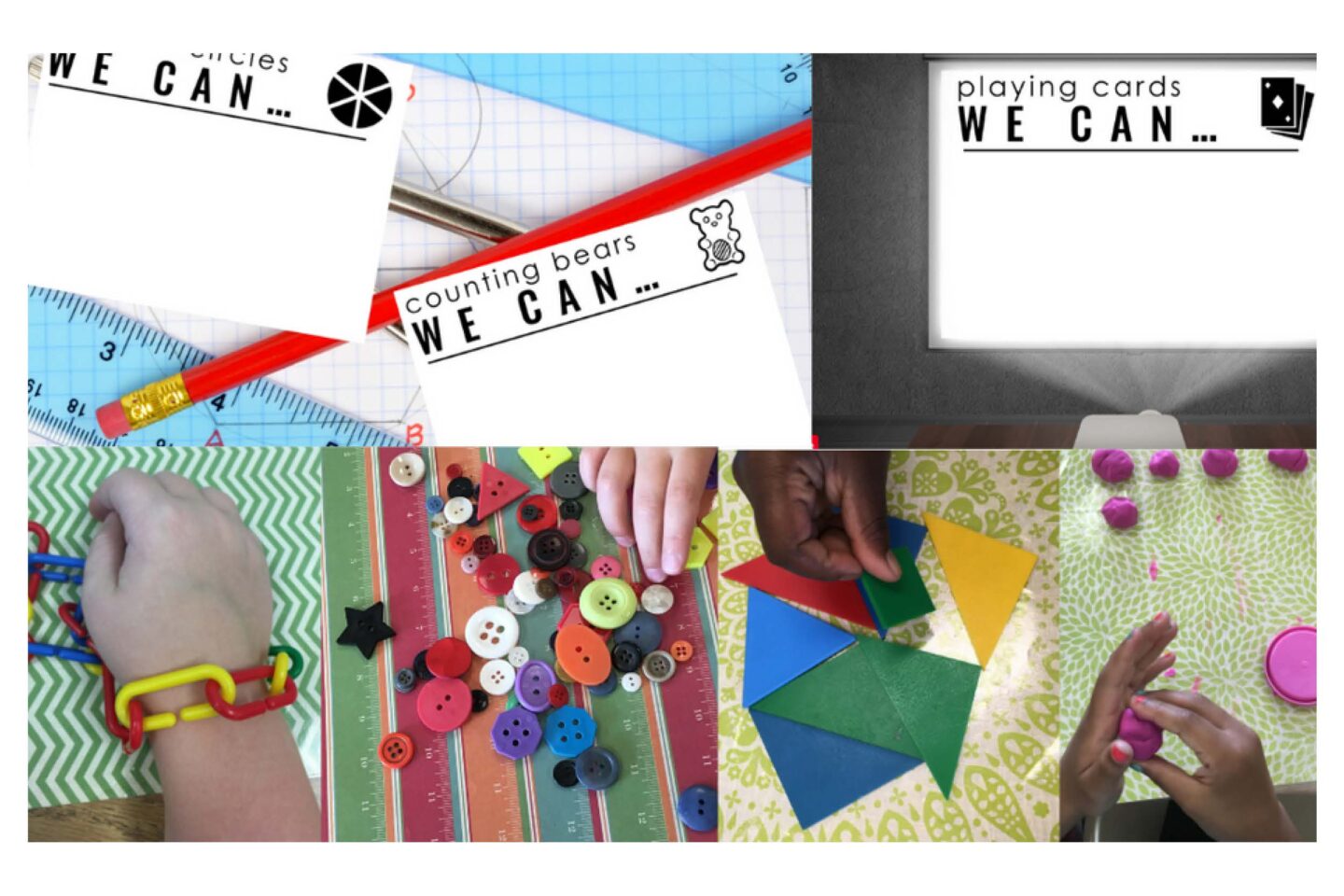
By optimizing your math block, you can lay the groundwork for a successful and enriching math experience for elementary students. Incorporating engaging games, leveraging math journals for deeper understanding, involving students in role-playing the math routine, and promoting exploration through stations are key strategies to maximize your math block. These approaches not only create a positive and enthusiastic learning environment but also foster student ownership and long-term success in math. Invest in your math block from day one, and witness the transformation as your students embrace math with confidence and joy.

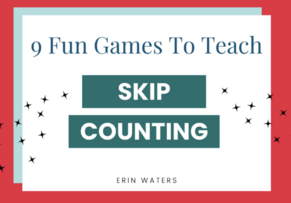

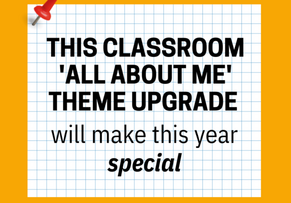
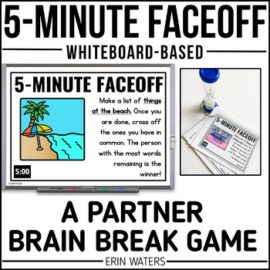
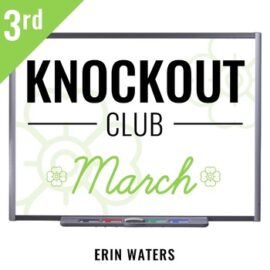
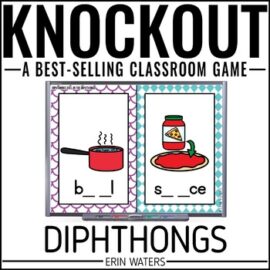
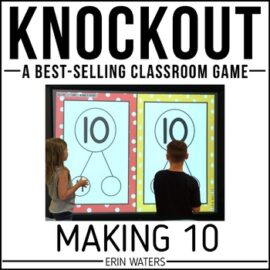
 Arm you with high-quality tools: Sleep peacefully at night knowing you’re doing what’s best for your students.
Arm you with high-quality tools: Sleep peacefully at night knowing you’re doing what’s best for your students. Save your energy: Provide resources that cost you little energy (that stuff is precious)---but have high impact on your students.
Save your energy: Provide resources that cost you little energy (that stuff is precious)---but have high impact on your students. Light your spark: Putting fun back into your classroom after the hardest teaching years can be just what you and your students need.
Light your spark: Putting fun back into your classroom after the hardest teaching years can be just what you and your students need.
Leave a Comment